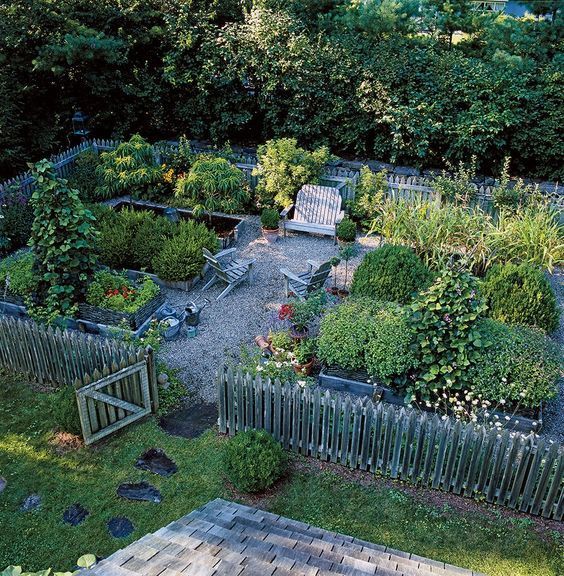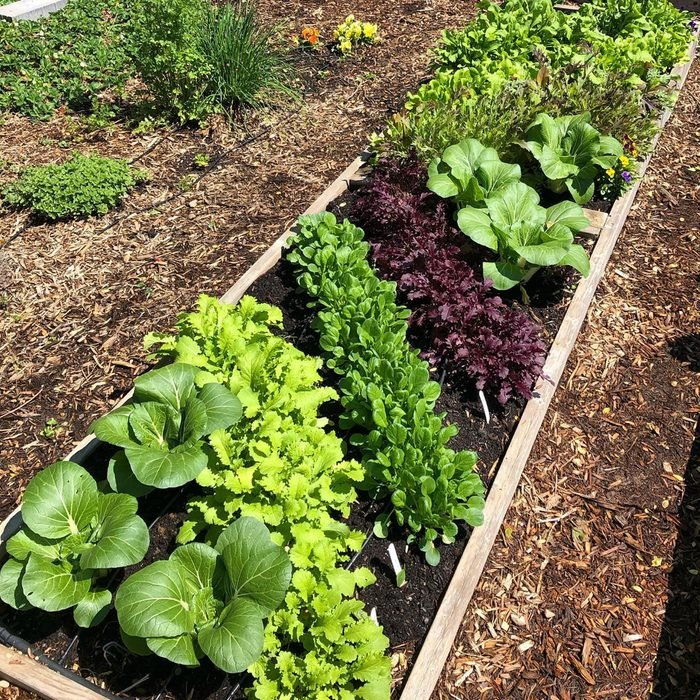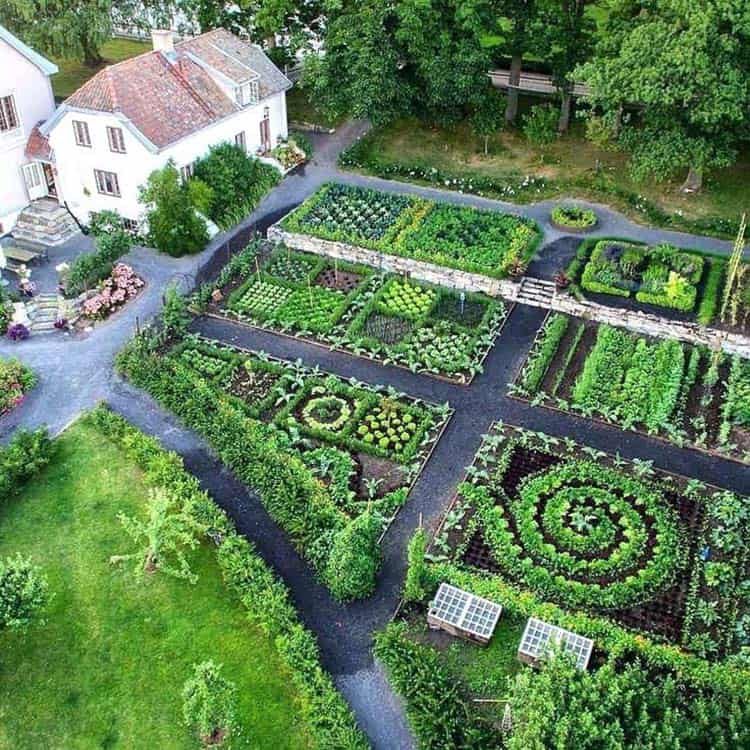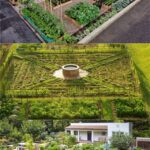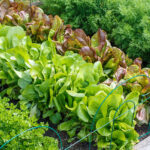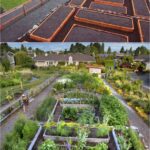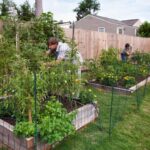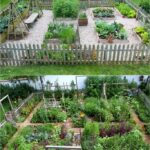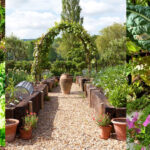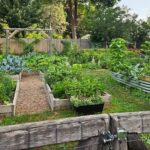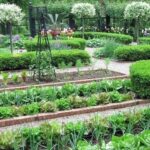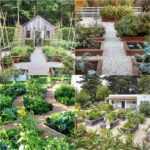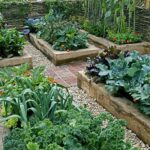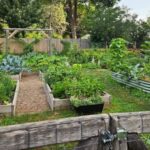Garden design is an essential element when it comes to growing vegetables. Planning and organizing your garden space effectively can make a huge difference in the success of your vegetable growing endeavors. There are several key factors to consider when designing a vegetable garden, such as the layout, spacing, and placement of different plants.
First and foremost, it is important to consider the layout of your vegetable garden. This includes the shape and orientation of the garden beds, pathways, and any structures within the garden space. The layout should be practical and easy to navigate, allowing for easy access to all areas of the garden for planting, weeding, and harvesting.
Spacing is another crucial aspect of garden design. Each type of vegetable plant requires a certain amount of space to grow and thrive. Overcrowding can lead to competition for nutrients and sunlight, resulting in smaller yields and lower quality produce. Be sure to follow spacing guidelines for each type of vegetable and allow for adequate room for plants to reach their full potential.
Consider the placement of different plants within your vegetable garden. Certain vegetables thrive when grown together, while others may compete for resources or attract pests when planted in close proximity. Companion planting is a gardening technique that takes into account the beneficial or detrimental relationships between different plant species. By strategically placing plants in your garden, you can enhance growth, deter pests, and improve overall health and yield.
In addition to plant placement, consider incorporating vertical gardening techniques into your vegetable garden design. Vertical gardening utilizes walls, trellises, and other structures to maximize growing space and increase the productivity of your garden. Vining plants such as tomatoes, cucumbers, and beans can be trained to grow vertically, freeing up valuable ground space for other crops.
When designing your vegetable garden, be sure to consider the aesthetic appeal of the space as well. Incorporating colorful flowers, ornamental plants, and decorative elements can add beauty and interest to your garden while also attracting beneficial insects and pollinators. By creating a visually pleasing garden, you can enhance your gardening experience and create a welcoming outdoor space for relaxation and enjoyment.
Overall, careful planning and consideration of these factors can help you create a successful and productive vegetable garden. By taking the time to design your garden effectively, you can maximize yields, improve plant health, and create a beautiful and thriving outdoor space for growing your own fresh and delicious produce.
